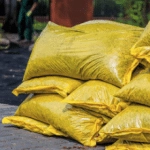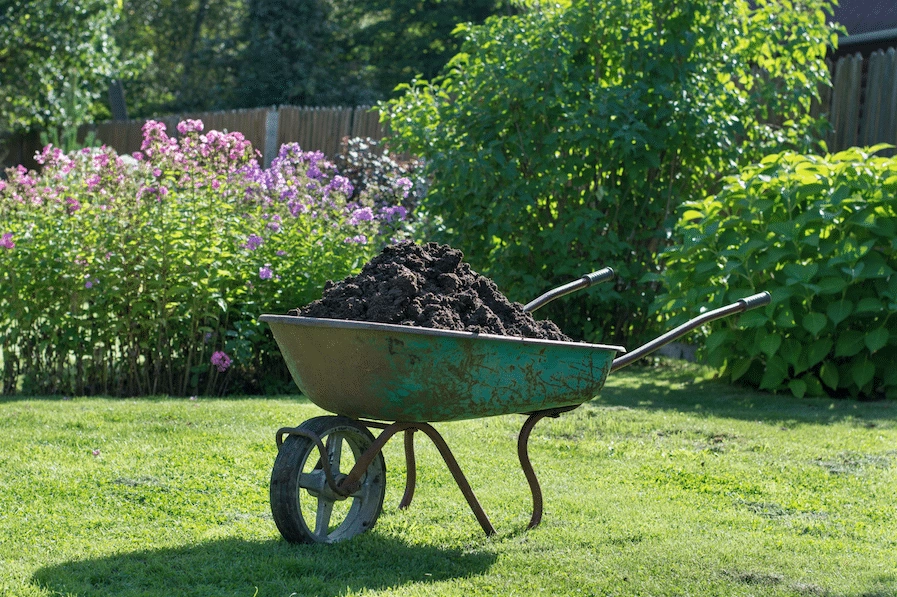 (ANNAPOLIS, MARYLAND) – Ah, spring. The air is crisp, the birds are singing, the daffodils are blooming and your lawn … well, your lawn looks like a swamp.
(ANNAPOLIS, MARYLAND) – Ah, spring. The air is crisp, the birds are singing, the daffodils are blooming and your lawn … well, your lawn looks like a swamp.
This calls for a trip to a “big box” store, and a big bag of fertilizer, right?
Not so fast, cautions Secretary of the Maryland Department of Agriculture Joe Bartenfelder. “In Maryland we have a lawn fertilizer law that is designed to prevent excess nutrients from entering the Chesapeake Bay and local waterways,” he says. “It also requires that lawn care professionals be licensed and certified by the department to apply fertilizer.”
Nitrogen and phosphorus are key ingredients in lawn fertilizer. “When it rains, fertilizer applied to lawns can wash into nearby storm drains and streams that flow into the Chesapeake Bay. Once there, nutrients feed algae blooms, which block sunlight from the grasses on the bottom of the bay, robbing the water of oxygen and threatening underwater plants and animals,” Bartenfelder explains. “An unintended consequence is that farmers often get blamed for nutrient overloads in our waterways.”
Bartenfelder, who farms with his family, wants to remind everyone that it’s important to apply only the nutrients you need, when you need them. “If you or your lawn care company over apply nutrients, they could run off before your lawn is able to use them. The goal for homeowners and farmers alike is to follow what we call the ‘four Rs’: Right kind of fertilizer, right rate, right time and right place.”
Here’s the department’s recommendations for the 10 best ways to treat your lawn— and protect the Chesapeake Bay:
- Skip the spring fertilizer, especially if your lawn is healthy. Fertilizing lawns in spring promotes excessive top growth at the expense of roots.
- Sharpen lawnmower blades. A dull blade tears and weakens the grass, opening it up to disease. Many local hardware stores or garden shops can sharpen your blade for you.
- Raise the cutting height of the mower. Taller grass shades out weeds and needs less water. A 3-inch cut length is ideal for most lawns.
- Leave grass clippings on the lawn. They provide free fertilizer all season long.
- If fertilizer is necessary, follow the directions on the fertilizer bag.
- Learn about soil testing. For seasonal and yearly fertilizer recommendations, visit: https://extension.umd.edu/hgic/plants/lawns.
- Do not apply phosphorus to lawns unless a soil test indicates that it is needed.
- Clean up any fertilizer on sidewalks or other impervious surfaces.
- Keep fertilizer applications 10 to 15 feet away from waterways.
- Do not apply fertilizer if heavy rain is expected.
Following these steps will lead to a healthier lawn and environment.
Hungry for more? Sign up for our newsletter and find us on Facebook, Twitter and Instagram.

